Our previous safety blog talked about accountability; setting high expectations and then following through. We considered that even when you have economic and work pressures pushing against maintaining a high standard, the cost of not holding people responsible can be an even steeper price to pay. What are some steps to take to guarantee accountability?
- Incentive
Problem: Warning! Rewarding people for maintaining a low injury rate can result in employee peer pressure to not report issues for fear they will lose the reward.
Instead, utilize positive
- Incentives that reward the action of following safety procedures and processes instead of the result.
- Recognition and rewards to employees for identifying, reporting, and eliminating hazards.
- Consider online incident reporting system for employees to notify management when an incident or close call occurs.
- Posted action list to show how issues are being fixed and recognize employee who related the problem.
Following these recommendations help everyone avoid mixed messages and to create a climate that encourages and values employees to take positive safety actions.
- Written Safety Policy
- Establish, distribute, and implement written safety policies.
- Written safety policies should demonstrate:
- Expectations.
- Roles.
- Responsibilities for establishing and maintaining a positive jobsite safety climate.
- Policies should be developed:
- Team effort.
- Employee input.
- Signed by the owner.
- Policies should be:
- Distributed to employees.
- Reviewed with all employees.
- Included in the company’s safety manual.
- Reinforced verbally every day.
- Incident/Accident Investigations
- Prioritizing blame over determining the root
cause can generate a climate of fear among employees which in turn often leads
to:
- Discomfort speaking up.
- Under- or non-reporting of potential hazards, close calls, and injuries.
- Weakening and undermining a strong safety climate.
- Supervisors need training on how to properly conduct blame-free incident and close call investigations.
- Discover the root cause of all incidents by
examining the possible contributing factors:
- Environmental.
- Organizational.
- Human.
- A system should be set up to share findings throughout the company.
- Prioritizing blame over determining the root
cause can generate a climate of fear among employees which in turn often leads
to:
- Leadership accountability.
- Safety leadership should be included as part of supervisor evaluations.
- A supervisor’s annual performance evaluation should emphasize his/her leadership skills with respect to safety.
- Recognize leadership behaviors such as the
supervisor’s ability to:
- Empower employees to identify hazards.
- Cease operations if necessary.
- Report incidents.
- Participate in blame-free incident investigations.
- Gather safety data by:
- Asking employees directly about onsite safety leadership.
- Observational methods.
- Identification of strengths and weaknesses in the evaluation should be discussed with supervisors.
- Development of improvement goals.
- Immigrant accountability
- Ensure that immigrants understand company
expectations.
- Communicate in their language.
- Understand cultural motivations.
- Set high expectations.
- Create a confidential survey to understand and address their concerns.
- Develop a system to act from lessons learned.
- Ensure that immigrants understand company
expectations.
Report on action progress.


